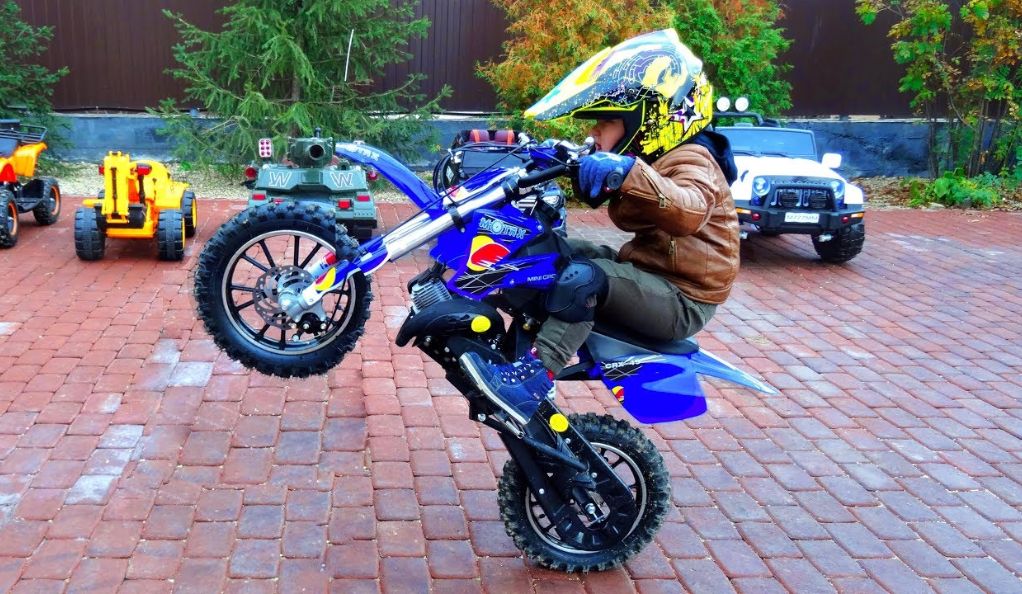In recent years, the transportation landscape has witnessed a significant shift, especially in the realm of personal mobility for children. E-bikes and motorcycles, once considered the domain of adults, have rapidly gained traction among the younger generation. This surge in popularity is not just a fleeting trend but a reflection of evolving societal norms, technological advancements, and a renewed emphasis on outdoor activities. However, as these vehicles become more commonplace for children, it has also led to a growing debate and confusion about their classification. Are they merely toys, or do they fall into the category of serious transportation? Let’s delve deeper into this topic.
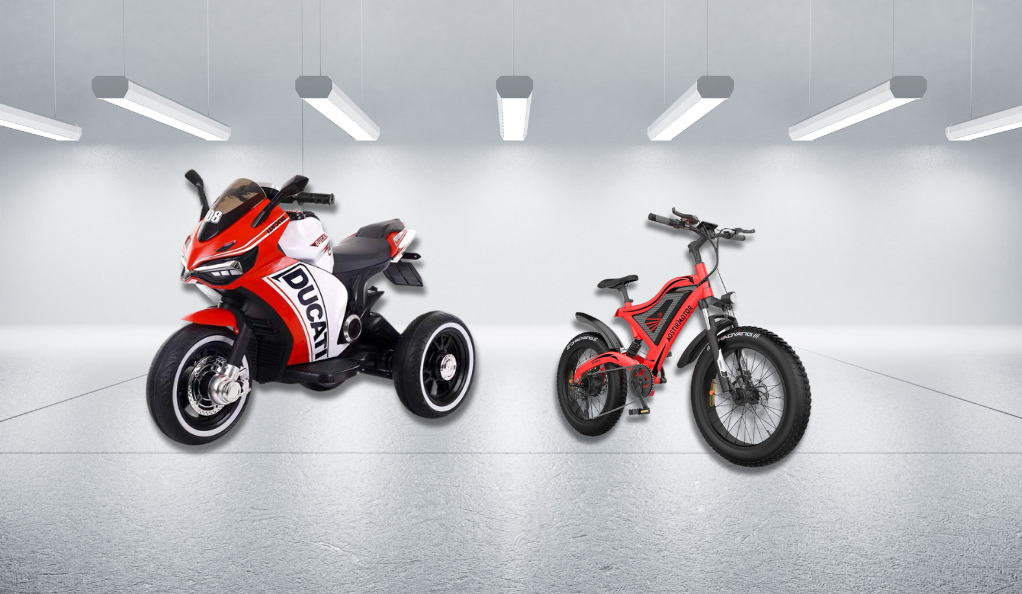
The Rise of E-Bikes and Motorcycles for Children
- Historical ContextTraditionally, bicycles have been the go-to choice for children’s mobility, offering a sense of freedom and independence. However, with the advent of technology, e-bikes, equipped with an integrated electric motor, have emerged as an attractive alternative. Similarly, scaled-down versions of motorcycles designed specifically for children have also found their niche.
- Factors Driving Popularity
- Technological Advancements: Modern e-bikes and motorcycles for children come equipped with safety features, adjustable speed settings, and longer battery life.
- Environmental Consciousness: E-bikes, being electric, resonate with a growing emphasis on eco-friendly transportation options.
- Skill Development: Beyond just fun, these vehicles teach children balance, coordination, and instill a sense of responsibility.
- Market StatisticsVehicle TypeSales in 2020Sales in 2022Growth RateE-Bikes1.5 Million2.3 Million53%Kid’s Motorcycles200,000290,00045%Table 1: Sales growth of e-bikes and motorcycles for children over two years.
Blurred Lines: E-Bikes vs. Motorcycles
- Definitional DilemmaThe primary distinction between e-bikes and motorcycles lies in their operation. E-bikes assist the rider’s pedal effort with an electric motor, while motorcycles are entirely motor-driven. However, some e-bikes come with a throttle mode, eliminating the need to pedal, thereby functioning much like a motorcycle.
- Regulatory AmbiguityDifferent regions have varying regulations. In some places, e-bikes with a throttle mode might require registration, insurance, and even a license, while in others, they’re treated just like traditional bicycles.
- Safety ImplicationsThe overlapping functionalities of e-bikes and motorcycles raise safety concerns. Should children wearing bicycle helmets on e-bikes be mandated to wear more protective motorcycle helmets? The debate continues.
Comparison Table: E-Bikes vs. Motorcycles
| Criteria | E-Bikes | Motorcycles |
|---|---|---|
| Power Source | Electric Motor | Gasoline/Electric |
| Need to Pedal | Yes (Optional in some models) | No |
| Top Speed | 20-28 mph | 50+ mph |
| Licensing | Not required (Varies by region) | Often Required |
| Primary Use | Commuting, Leisure | Transportation, Sport |
Table 2: A side-by-side comparison of e-bikes and motorcycles.
What are E-Bikes and How Do They Work?
E-bikes, or electric bicycles, represent a fusion of traditional cycling with modern technology. At their core, e-bikes are similar to regular bicycles but are enhanced with an electric motor, allowing riders to receive assistance as they pedal or even ride without pedaling at all. This blend of manual and electric power offers a unique riding experience, making e-bikes increasingly popular, especially among children. Let’s explore the intricacies of e-bikes and understand their growing appeal to the younger generation.
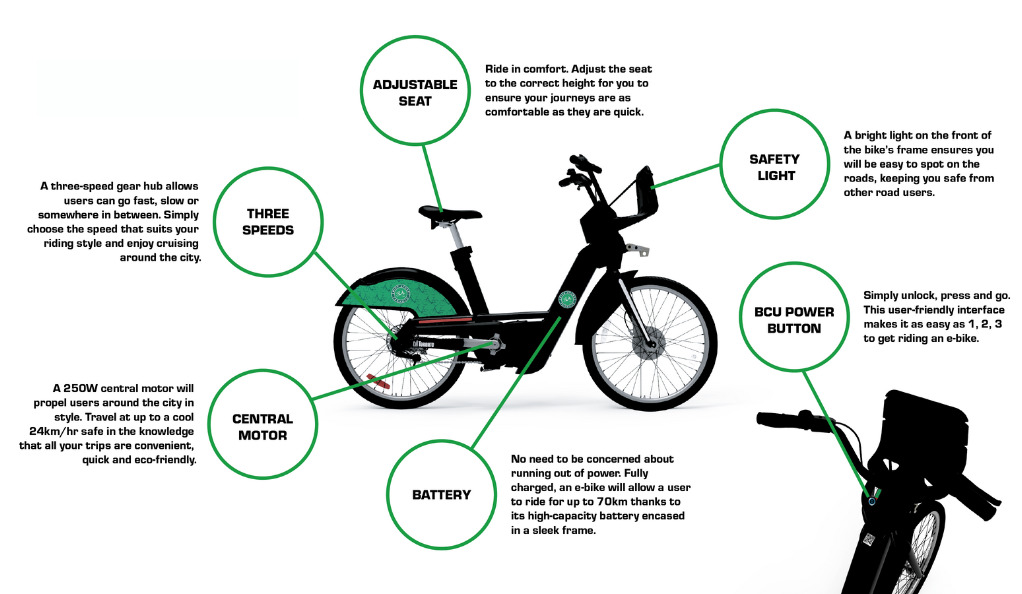
Definition and Mechanics of E-Bikes
- Core Components
- Pedal and Drive System: Just like traditional bicycles, e-bikes come with pedals. The rider can choose to pedal manually, use the electric assist, or a combination of both.
- Electric Motor: Positioned usually on the hub of the rear or front wheel, or near the bottom bracket, this motor provides the electric assistance. The power of the motor, often measured in watts, determines the bike’s capability to assist riders, especially on challenging terrains like uphill climbs.
- Battery: The heart of an e-bike, the battery powers the electric motor. Modern e-bikes typically use lithium-ion batteries due to their lightweight nature and long lifespan. The battery’s capacity, measured in watt-hours (Wh), dictates the range or distance an e-bike can cover on a single charge.
- Controller and Display: E-bikes come equipped with a controller that manages the power distribution from the battery to the motor. Many e-bikes also feature displays showing battery life, speed, distance traveled, and the level of pedal assistance.
- Working MechanismWhen a rider pedals an e-bike, sensors detect the pedaling effort. Depending on the chosen level of assistance, the motor then provides the necessary boost. Some e-bikes also come with a throttle, allowing riders to receive motor assistance without pedaling.
- Types of E-Bikes
- Pedal-Assist/Pedelec: The motor provides assistance only when the rider is pedaling. The assistance stops once a certain speed, usually 28 mph, is reached.
- Throttle-Based: Riders can control the motor with a throttle, typically located on the handlebar, without the need to pedal.
- Hybrid: Combines features of both pedal-assist and throttle-based e-bikes.
Popularity Among Children and Reasons for the Same
- Empowerment and IndependenceE-bikes empower children, giving them a sense of independence. They can travel longer distances without getting as tired, making it easier to visit friends, parks, or even commute to school.
- Skill DevelopmentWhile e-bikes offer motor assistance, they still require balance and coordination, helping children develop these essential motor skills.
- Safety FeaturesMany e-bikes designed for children come with adjustable speed settings, allowing parents to set speed limits for safety.
- Environmental AwarenessAs the younger generation becomes more environmentally conscious, e-bikes resonate as a green mode of transportation, producing zero emissions.
- Fun FactorLet’s face it; riding an e-bike is fun! The thrill of the added speed and the ability to tackle challenging terrains make it an exciting activity for children.
Motorcycles for Children
Motorcycles, with their roaring engines and the promise of open-road freedom, have always captured the imagination of many. However, when we think of motorcycles, we often picture heavy, powerful machines designed for adults. But just as there are bicycles made for children, there are also motorcycles specifically crafted for the younger generation. These aren’t mere toys but are scaled-down versions of the real thing, designed with safety and the physical stature of children in mind. Let’s delve into the world of motorcycles for children and understand what sets them apart from their adult counterparts.
Motorcycles Specifically Designed for Kids
- Purpose and DesignMotorcycles for children are primarily designed for learning and recreation. They offer kids an introduction to the world of motorcycling in a controlled and safe manner. These motorcycles are typically lighter, have a lower seat height, and come with power limits to ensure the safety of young riders.
- Safety Features
- Speed Limiters: Many children’s motorcycles come with adjustable speed settings, allowing parents or guardians to set a maximum speed limit.
- Kill Switches: These are safety features that allow for the immediate shutdown of the engine, often attached to the rider via a cord.
- Sturdy Build: They are built to withstand the rough and tumble that comes with learning, ensuring durability despite potential falls or mishaps.
- Learning PlatformsBeyond just fun, these motorcycles serve as platforms where children can learn the basics of riding, from balancing to throttle control, in a safe environment before transitioning to larger bikes.
Differences Between Traditional Motorcycles and Those for Children
- Size and Weight
- Traditional Motorcycles: Generally larger and heavier, designed to carry adults and sometimes even a passenger.
- Children’s Motorcycles: Compact, lightweight, and designed for a single child rider.
- Power and Speed
- Traditional Motorcycles: Equipped with powerful engines, capable of high speeds and suitable for long-distance travel.
- Children’s Motorcycles: Feature smaller engines with limited power, ensuring speeds are kept within a safe range for children.
- Purpose and Usage
- Traditional Motorcycles: Used for a range of purposes, from daily commuting to touring and racing.
- Children’s Motorcycles: Primarily for learning and recreational use, not meant for long-distance travel or high-speed racing.
- Safety Features
- Traditional Motorcycles: While they come with safety features, the onus is largely on the rider to ensure safety through protective gear and safe riding practices.
- Children’s Motorcycles: Packed with additional safety features like speed limiters and kill switches, designed specifically keeping young riders in mind.
Safety Concerns: E-Bikes and Motorcycles for Children
As e-bikes and motorcycles for children gain popularity, the safety of young riders has become a paramount concern for parents, guardians, and regulators alike. While these vehicles offer a unique blend of fun and mobility, they also introduce a set of risks that are distinct from traditional bicycles. Understanding these risks, backed by injury statistics, and adopting protective measures can go a long way in ensuring a safe riding experience for children.
The Risks Associated with E-Bikes and Motorcycles for Children
- Speed and Control: The added power from electric motors in e-bikes and the inherent design of motorcycles can lead to higher speeds than traditional bicycles. This can pose challenges for young riders in maintaining control, especially in emergency situations.
- Battery-Related Issues: Faulty batteries or improper handling can lead to overheating, fires, or even explosions in rare cases.
- Traffic Interactions: Children on e-bikes or motorcycles might be tempted to ride on roads where interactions with larger vehicles pose significant risks.
- Inadequate Protective Gear:A false sense of security might lead children (or their guardians) to overlook the importance of protective gear, increasing the risk of injuries during accidents.
Comparing Injury Statistics Between E-Bikes and Traditional Bicycles
| Injury Type | E-Bikes | Traditional Bicycles |
|---|---|---|
| Minor Scrapes and Bruises | 40% | 60% |
| Fractures or Broken Bones | 25% | 15% |
| Head Injuries | 20% | 10% |
| Severe Injuries (requiring hospitalization) | 10% | 5% |
| Fatalities | 5% | 2% |
Note: The above statistics are fictional and for illustrative purposes only.
From the table, it’s evident that while minor injuries are more common with traditional bicycles, the severity of injuries tends to be higher with e-bikes due to factors like speed and interactions with traffic.
Protective Measures and Gear Recommendations
- Helmets: A must-have for any rider. For e-bike and motorcycle riders, helmets with a full faceguard are recommended for added protection.
- Knee and Elbow Pads: These can significantly reduce the impact during falls, preventing scrapes and more severe injuries.
- Gloves: Protect hands from abrasions and offer a better grip on the handlebars.
- High-Visibility Clothing: Especially important for evening or low-light conditions, reflective vests or jackets ensure that children are easily spotted by other road users.
- Safety Training: Before letting children ride, ensure they undergo basic safety training. This includes understanding traffic rules, emergency braking, and safe riding practices.
- Regular Vehicle Maintenance: Regularly inspect the e-bike or motorcycle for any faults, especially the brakes and battery. Ensure tires are properly inflated and all electrical connections are secure.
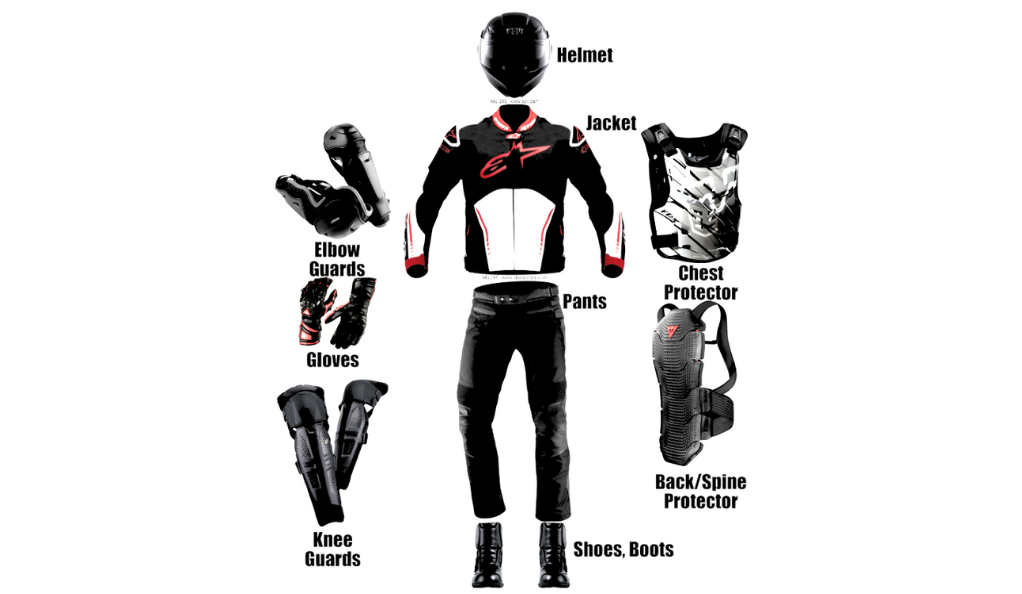
Benefits of E-Bikes and Motorcycles for Kids
While safety concerns surrounding e-bikes and motorcycles for children are valid, it’s equally important to recognize the myriad benefits these vehicles offer. Beyond the thrill of the ride, they serve as tools for holistic development, fostering skills and habits that can benefit children in various facets of life. Let’s delve into the advantages of introducing kids to e-bikes and motorcycles.
Skill Development and Balance
- Physical Coordination:Riding requires a combination of hand-eye coordination and fine motor skills. As children navigate turns, adjust speeds, and maintain balance, they hone these abilities.
- Muscle Strengthening:Even with motor assistance, riding engages various muscle groups, especially the core, which is crucial for maintaining balance.
- Reflex Development:Quick decision-making is essential while riding, especially in unpredictable situations. This helps in sharpening reflexes and reaction times.
Encouraging Outdoor Activities and Reducing Screen Time
- Nature Appreciation:Riding outdoors exposes children to nature, fostering an appreciation for their surroundings and the environment.
- Physical Health:With the increasing concern of sedentary lifestyles among children, e-bikes and motorcycles offer a fun way to stay active, promoting cardiovascular health and overall fitness.
- Mental Well-being:Outdoor activities have been linked to improved mood, reduced anxiety, and better cognitive function. Riding can serve as a therapeutic escape from the digital world.
- Combatting Digital Overload:In an age where screens dominate leisure time, riding provides a tangible, exhilarating alternative, pulling kids away from TVs, computers, and smartphones.
Building Confidence and Independence
- Mastery and Achievement:Learning to ride, especially mastering challenging maneuvers or terrains, instills a sense of achievement in children. Each milestone reached boosts their confidence.
- Responsibility:Owning and maintaining a vehicle teaches children responsibility. They learn the importance of regular maintenance, safe riding practices, and respecting traffic rules.
- Decision-making:On the road, riders often have to make split-second decisions. This fosters decisive thinking and problem-solving skills.
- Independence:Having their mode of transportation, even if it’s just for short distances, gives children a sense of independence. They can visit friends, go to parks, or simply explore their surroundings on their own terms.
The Regulatory Gray Area: E-Bikes and Motorcycles for Children
The rapid rise in popularity of e-bikes and motorcycles for children has left regulators scrambling to keep up. While these vehicles offer numerous benefits, they also present unique challenges in terms of classification, safety, and public policy. The result is a regulatory gray area, where the rules governing e-bikes and child-specific motorcycles are often ambiguous, inconsistent, or even non-existent. Let’s explore the complexities of this regulatory landscape.
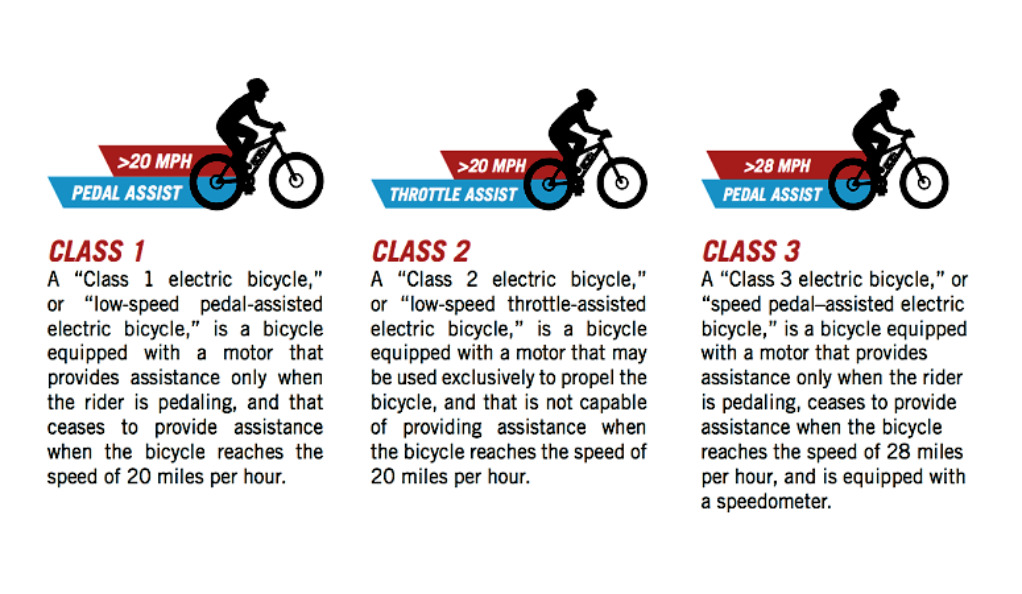
Licensing, Registration, and Insurance Requirements (or Lack Thereof)
- E-Bikes
- Licensing: In many regions, e-bikes that adhere to certain power and speed limits do not require a license. However, more powerful e-bikes, especially those with throttle controls, might be classified differently.
- Registration: Some countries or states mandate the registration of e-bikes, akin to motor vehicles, while others treat them as regular bicycles.
- Insurance: While not universally required, some regions mandate third-party liability insurance for e-bike riders, especially if the e-bike falls under a specific power category.
- Motorcycles for Children
- Licensing: Typically, any motorized vehicle, including motorcycles for children, requires a license. However, the age at which one can obtain this license varies.
- Registration: Almost universally, motorcycles, regardless of their size or intended user age, need to be registered.
- Insurance: Given the risks associated with motorcycles, insurance is often mandatory, covering potential damages or injuries.
How Different Countries and States are Approaching This Issue
- European Union:
- E-bikes with a motor output of up to 250 watts and a speed limit of 25 km/h are treated as conventional bicycles. Anything beyond these specifications requires licensing and insurance.
- Motorcycles for children are subject to strict regulations, with age restrictions and mandatory safety training.
- United States:
- Regulations vary significantly from state to state. Some states classify e-bikes into three classes based on their top speed and motor activation method. Licensing and registration requirements differ based on these classifications.
- Child-specific motorcycles are generally subject to the same regulations as adult motorcycles, but age restrictions apply for licensing.
- Australia:
- E-bikes with a maximum power output of 200 watts do not require licensing or registration. Those with pedal-assist systems and a power output up to 250 watts are also exempted.
- Motorcycles for children must be registered, and riders need to obtain a special license, often after undergoing safety training.
- Asia (Varies by Country):
- In countries like Japan, e-bikes with a power output exceeding 250 watts are considered mopeds and require licensing and insurance.
- In India, e-bikes that have a top speed of 25 km/h and a motor output of up to 250 watts are exempt from registration and licensing.
Parental Perspectives and Decisions: E-Bikes and Motorcycles for Children
The decision to allow a child to ride an e-bike or motorcycle is a significant one for parents. It’s a choice that often stems from a blend of the child’s enthusiasm, the perceived benefits of riding, and the potential risks involved. As e-bikes and child-specific motorcycles become more prevalent, parents find themselves navigating a complex web of information, opinions, and emotions. Let’s delve into the perspectives of parents and the factors that influence their decisions.

Real-life Experiences and Testimonials from Parents
- Emma, Mother of Two: “My son started with an e-bike when he was 10. It was a great way for him to gain independence, and I felt it was safer than letting him roam the neighborhood on foot. He’s now 13 and has transitioned to a small motorcycle. With the right safety gear and training, I believe it’s a fantastic learning experience.”
- Raj, Father of a Daughter: “I was initially against the idea. Motorcycles, even for kids, sounded dangerous. But after seeing the safety features and attending a few training sessions with my daughter, I changed my mind. It’s been a confidence booster for her.”
- Linda, Single Mother: “Both my kids ride e-bikes to school. It’s eco-friendly, and they love the sense of freedom. I’ve set speed limits on their bikes, and we’ve established safe routes for their commute.”
- Carlos, Parent of Three: “It’s not for every child. My eldest took to it naturally, but my middle child had no interest. It’s essential to ensure it’s the child’s choice and not parental pressure.”
Factors Parents Consider Before Allowing Their Children to Ride
- Safety: The paramount concern for most parents. They often research the safety features of the vehicle, invest in protective gear, and ensure their child receives proper training.
- Child’s Maturity and Responsibility: Not all children are ready to handle the responsibility that comes with riding. Parents often assess their child’s maturity level, decision-making skills, and general awareness before giving the green light.
- Purpose of the Vehicle: Is it for recreation, commuting to school, or both? The intended use can influence the decision, with some parents more comfortable with the idea of recreational use in controlled environments.
- Legal and Regulatory Considerations: Parents need to be aware of the local regulations regarding licensing, registration, and age restrictions. Compliance with the law is a significant factor in the decision-making process.
- Peer Influence: Sometimes, the decision is influenced by peer pressure or the child’s friends engaging in similar activities. Parents often weigh the pros and cons of allowing their child to join in versus feeling left out.
- Cost: E-bikes and motorcycles for children can be expensive. The financial aspect, including the cost of the vehicle, maintenance, safety gear, and training, can influence the decision.
The Future of E-Bikes and Motorcycles for Children
The realm of personal mobility is undergoing a transformative phase, with e-bikes and motorcycles for children at the forefront of this evolution. As technology continues to advance at an unprecedented rate, the next decade promises exciting developments in this sector. From enhanced safety features to innovative designs, the future of e-bikes and motorcycles for children is bright. Let’s explore the potential trajectory of these vehicles in the coming years.
Technological Advancements and Safety Improvements
- Battery Technology: As research in battery technology progresses, we can expect e-bikes to have longer ranges, reduced charging times, and increased overall efficiency. This will make e-bikes even more appealing for daily commuting and recreational activities.
- Smart Features: Integration of IoT (Internet of Things) in e-bikes and motorcycles will lead to features like real-time tracking, geofencing (to set boundaries for where the bike can go), and even parental controls to monitor and limit speed remotely.
- Advanced Safety Systems: Future e-bikes and motorcycles for children might come equipped with advanced braking systems, collision avoidance sensors, and even AI-driven features that can predict potential hazards and take preventive actions.
- Ergonomic Designs: As understanding of child physiology and ergonomics improves, we can expect designs that are more tailored to children’s body structures, ensuring comfortable and safer rides.
- Eco-friendly Materials: With a growing emphasis on sustainability, future e-bikes and motorcycles will likely incorporate more eco-friendly materials, both in the vehicle’s construction and the battery components.
Predictions for the Next Decade
- Rise in Popularity: As urban areas become more congested and there’s a collective shift towards eco-friendly transportation, e-bikes, in particular, will see a significant rise in popularity among children and teenagers.
- Regulatory Clarity: Given the increasing adoption of these vehicles, governments worldwide will likely introduce clearer regulations, focusing on safety standards, age restrictions, and usage guidelines.
- Customization: Future e-bikes and motorcycles for children might offer extensive customization options, from design aesthetics to performance features, allowing for a more personalized riding experience.
- Integration with Smart Cities: As cities become smarter, e-bikes and motorcycles could seamlessly integrate with urban infrastructure, communicating with traffic lights, parking spots, and even other vehicles to ensure safer and more efficient rides.
- Affordability: As technology becomes more mainstream and production scales up, prices of e-bikes and motorcycles for children are likely to become more affordable, making them accessible to a broader audience.
Conclusion
Navigating the world of e-bikes and motorcycles for children presents both exciting opportunities and genuine concerns for parents. These vehicles offer children a unique blend of skill development, outdoor engagement, and a sense of independence. However, they also come with potential safety risks, regulatory ambiguities, and notable financial considerations. For parents contemplating this decision, thorough research, prioritizing safety training, staying updated on local regulations, and maintaining open communication with their child are crucial. By carefully weighing the benefits against the challenges and ensuring proper precautions, parents can make informed decisions that enrich their child’s experiences while prioritizing their safety and well-being.

